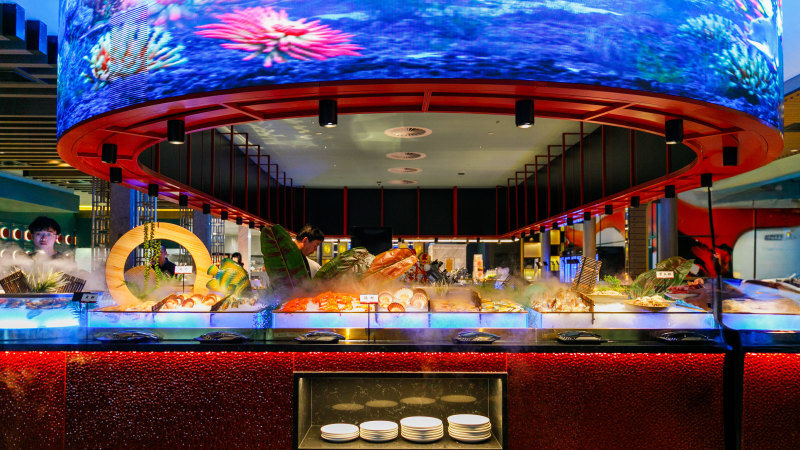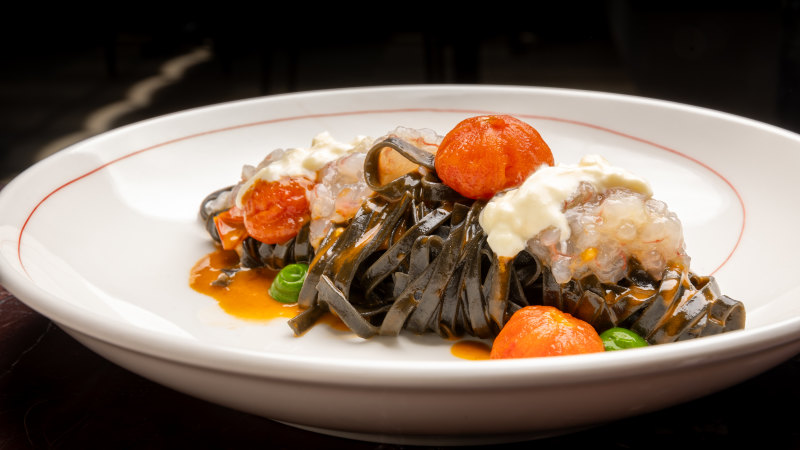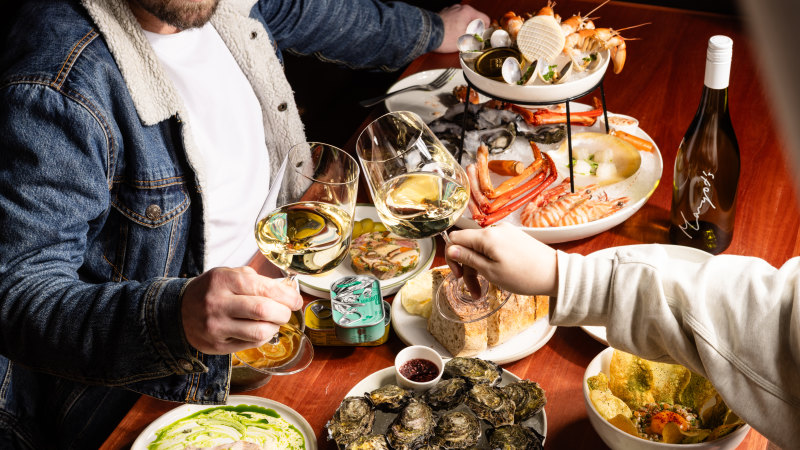BATON ROUGE, La. (AP) — An influx of salt water in the Mississippi River, which feeds southeastern Louisiana’s drinking water supplies, is once again creeping up the waterway. For the third year in a row, an underwater levee is being built to slow the and prevent it from reaching water intake treatment facilities.
Salt water in southeast Louisiana has become a in recent years, as the mighty flow of the Mississippi River has ebbed under dry conditions. Communities rely on the Mississippi’s volume and current to push salt water from the Gulf of Mexico back out to sea. The U.
S. Army Corps of Engineers and Governor’s Office of Homeland Security and Emergency Preparedness say they are closely monitoring the influx of salt water. On Monday, the corps of engineers began building a sill across the river bed in Myrtle Grove, about 30 miles (48 kilometers) south of New Orleans.
The sill is meant to slow or halt salt water, which flows along the bottom of the river because it’s more dense than fresh water. Building the sill with river sand is estimated to be completed by October. Sills have been used in similar situations in the area in 1988, 2012, 2022 and 2023.
While no immediate threats to drinking water have been announced, it’s not yet clear whether additional precautions or countermeasures will have to be implemented. Other options include using barges to carry fresh water downriver or issuing boil advisories. Ricky Boyett, a spokesperson for the U.
S. Army Corps of Eng.

















